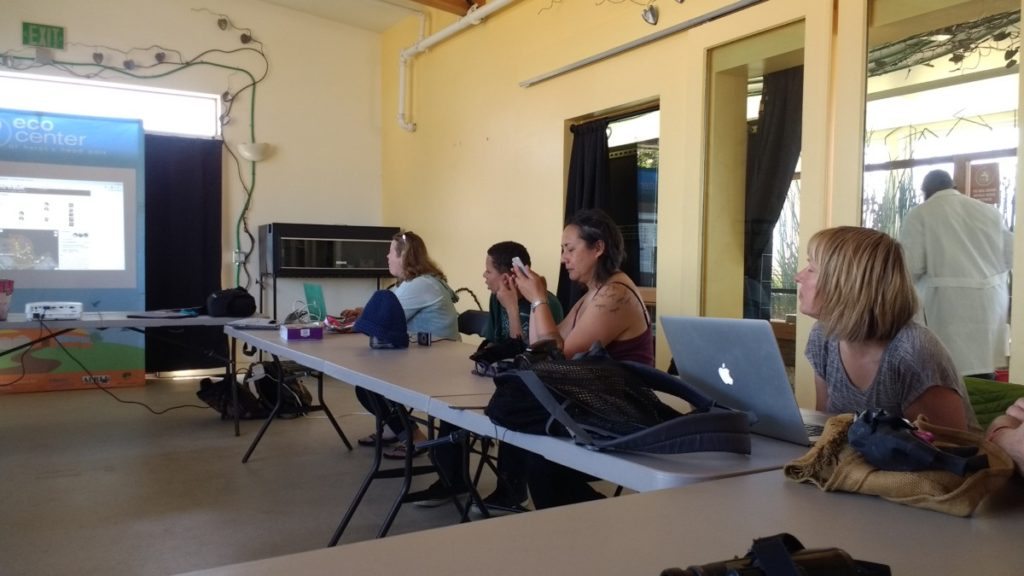First BioBlitz at Pier 94 finds 168 species
By Ilana DeBare
The Audubon Christmas Bird Count has been called the grandparent of all citizen science events. That might make a BioBlitz the newest grandchild – young, tech-savvy, and inviting all ages to play.
Like a CBC, a BioBlitz mobilizes regular citizens to document their nature sightings during a 24-hour period of time. But it includes not just birds but all kinds of living things, from grasses and lichens to insects, mammals, and mollusks. Participants don’t need to have any prior expertise, so it’s a great event for people new to nature or to the area, or for families with children. And it invites people to capture their sightings on their cellphones, so they can be easily ID’d with help from scientists and naturalists at the end of the blitz.
On April 1, 2017, we were delighted to co-sponsor the first BioBlitz at Pier 94, a Port of San Francisco property along the city’s San Francisco’s southeastern waterfront that we are working to restore as wildlife habitat.

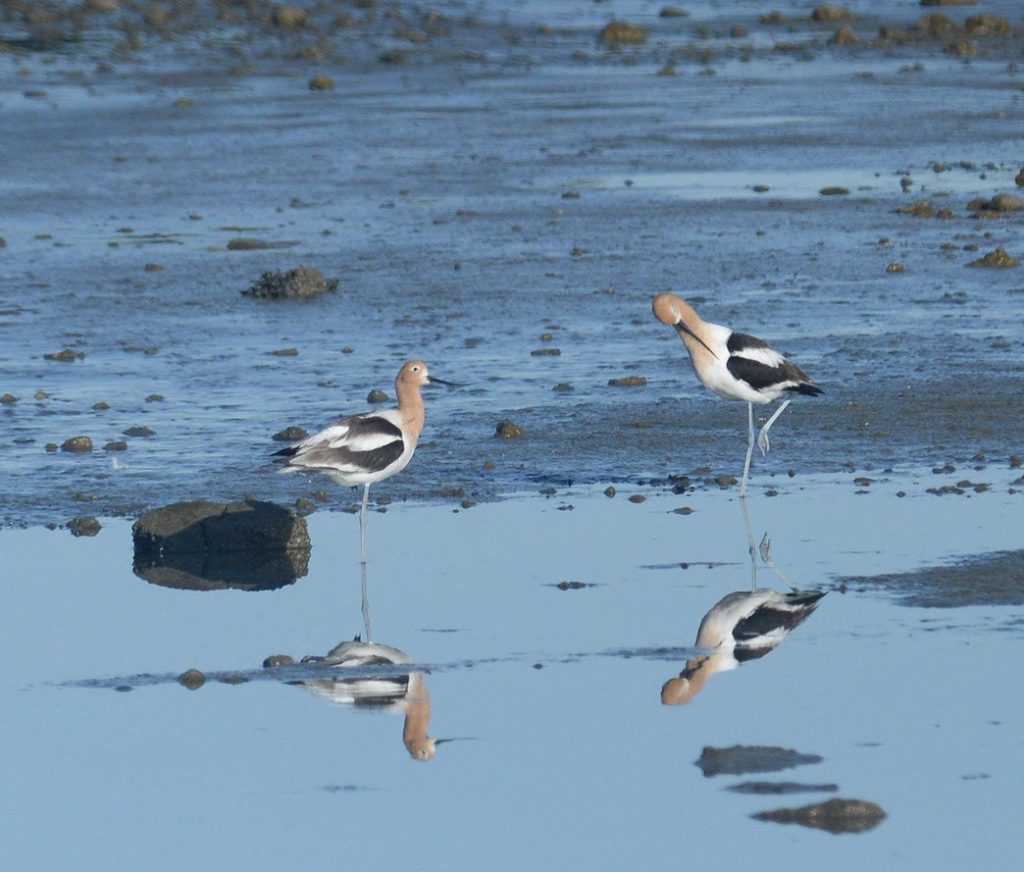
Thirty-three participants of all ages fanned out across the five-acre site. They made 683 observations of 168 species, including 40 bird species.
The most common bird sightings were Red-winged Blackbirds and American Avocets in breeding plumage, showing how birds have made themselves at home in both the wetlands and uplands sections of the site. Large numbers of Clark’s and Western Grebes, American Wigeons, Mew Gulls, Western Gulls, California Gulls, and Canada Geese were also found.
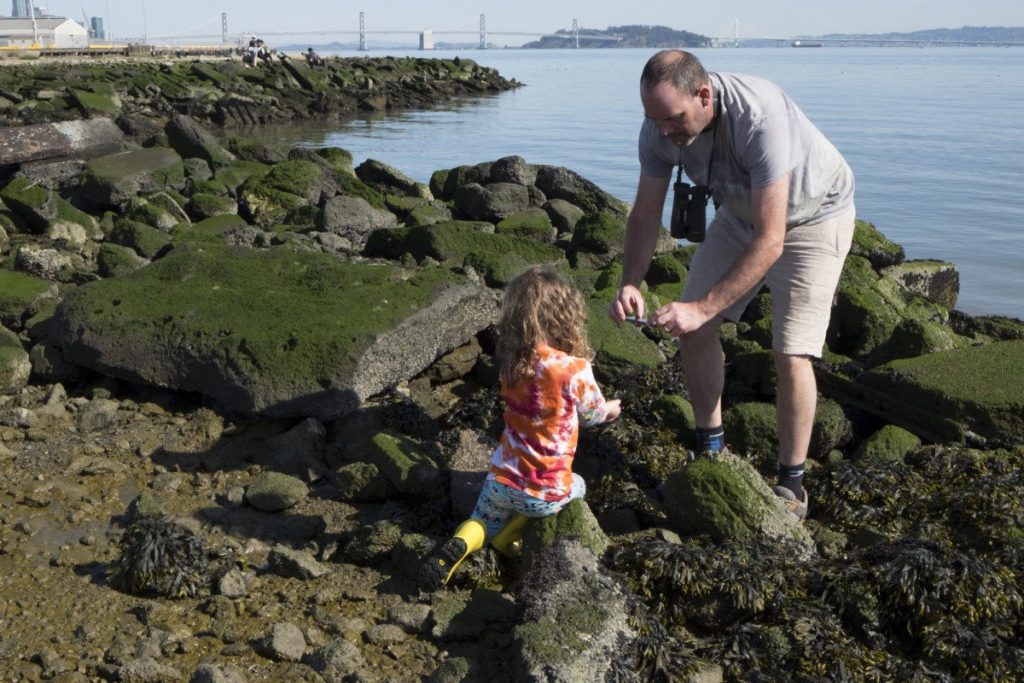
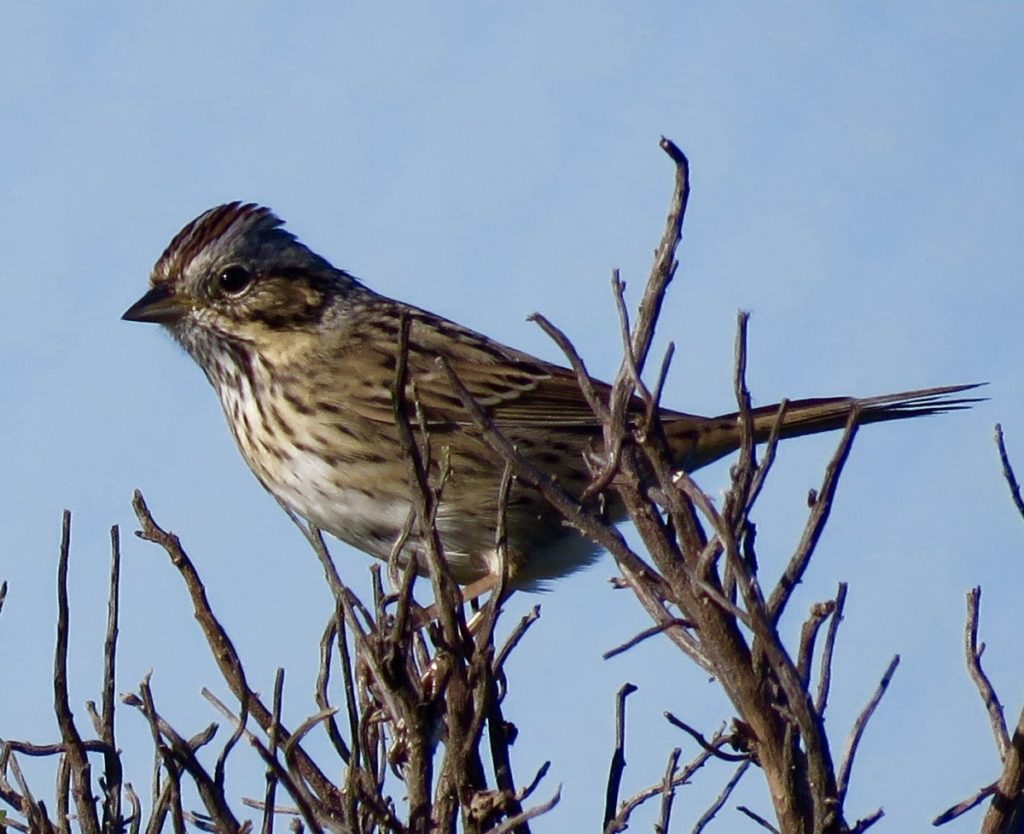
Among the non-avian species were a harbor seal, common raccoon, black-tailed jackrabbit, Olympia oyster, and Western pygmy blue butterflies. Although the blitz took place in the morning, a few hardy souls returned that night to look for moths. Heavy winds meant that they missed all but one species of moth, the white-speck. But being there at night allowed them to hear the shorebirds chattering at dusk and to see one unidentified species of bat.
The Pier 94 BioBlitz was co-sponsored by Golden Gate Bird Alliance, California Academy of Sciences, the Port of San Francisco, and the EcoCenter at Heron’s Head Park. Liam O’Brien, San Francisco’s resident butterfly expert, helped with the planning and the event itself.
“It was fantastic that the Port, Cal Academy of Sciences, the EcoCenter, and Liam all came together to work on this,” said Noreen Weeden, GGBA’s Conservation Manager, who oversees restoration at Pier 94. “During our monthly work days at Pier 94, we mostly focus on eliminating weeds or planting native plants. This was an opportunity to think more about the insects and reptiles that accompany the native plants and the creatures in the water along the shoreline.”
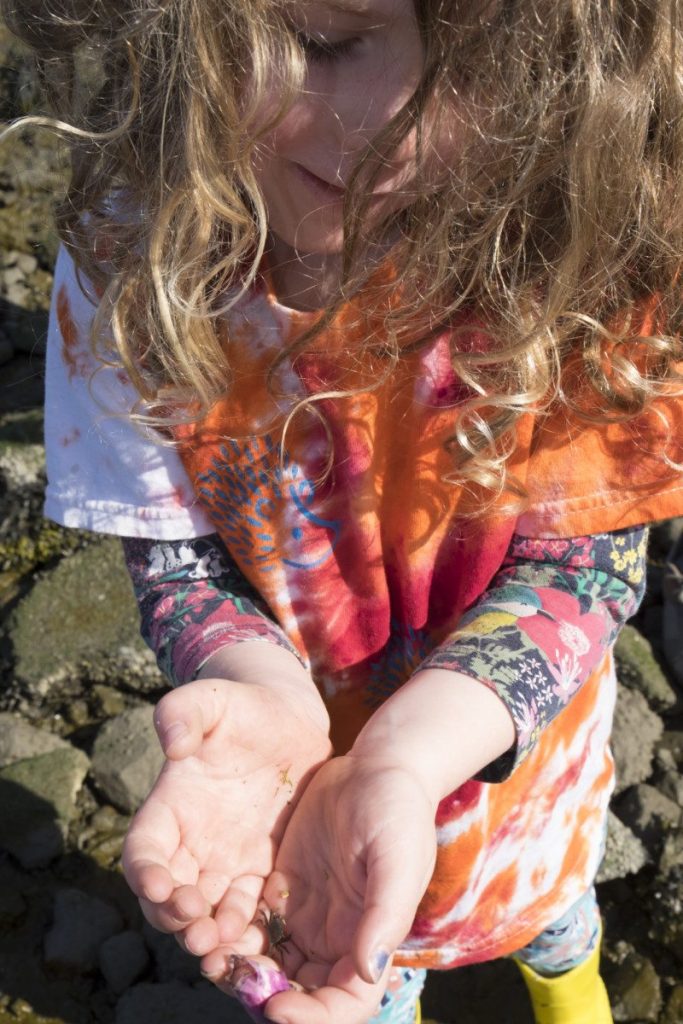
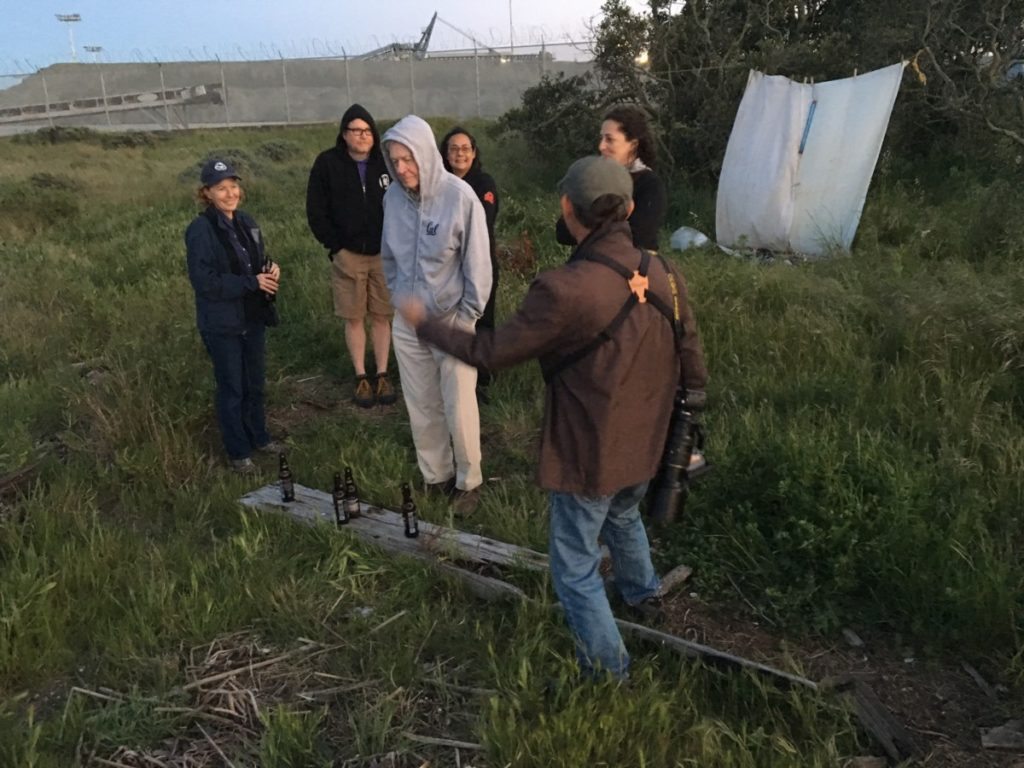
Historically San Francisco Bay was surrounded by salt marshes with a variety of wetland plants that included the now-endangered California sea-blite or Suaeda Californica. But landfill was common along the shoreline. Pier 94 was originally built for maritime use but after World War II, demand declined and a geologic event caused the site to slump, making it even less attractive for industry. The site deteriorated into an informal dump for asphalt and concrete, old tires, rebar, and other materials.
After a disastrous 1996 oil spill on the Bay, the Port of San Francisco offered Pier 94 as a site that could mitigate some of the damage. Golden Gate Bird Alliance took on responsibility for managing its restoration and held the first of hundreds of volunteer events there on Earth Day in 2002.
Restoration started in the marsh area close to the shoreline, and included the re-introduction of California sea-blite, which is now doing well there. Recently, we extended restoration into a formerly barren section that is now a grassy uplands area. The work is completely volunteer-driven – by both individual GGBA members and volunteer groups from local companies like Salesforce.
“Before, there was some coyote bush along the edges here but not much else,” Weeden said. “Now as the variety of healthy native plants increase and the grasses in the uplands spread, we hope to attract even more species of native wildlife.”
Over the long term, the BioBlitz will provide a snapshot in time that will let us track how Pier 94’s flora and fauna are doing.
In the short term, results from the BioBlitz will allow us to create a small field guide showing what species are currently present.
Want to help make Pier 94 even more welcoming to wildlife? Come to our monthly restoration work sessions on the first Saturday morning of each month. The next one is on Saturday, May 6, from 9 a.m. to noon. All ages welcome; no experience necessary. We always spend a little time birding! Details and directions at http://goldengatebirdalliance.org/volunteer.
Learn about other local BioBlitzes sponsored by California Academy of Sciences at calacademy.org/citizen-science/bioblitzes.
